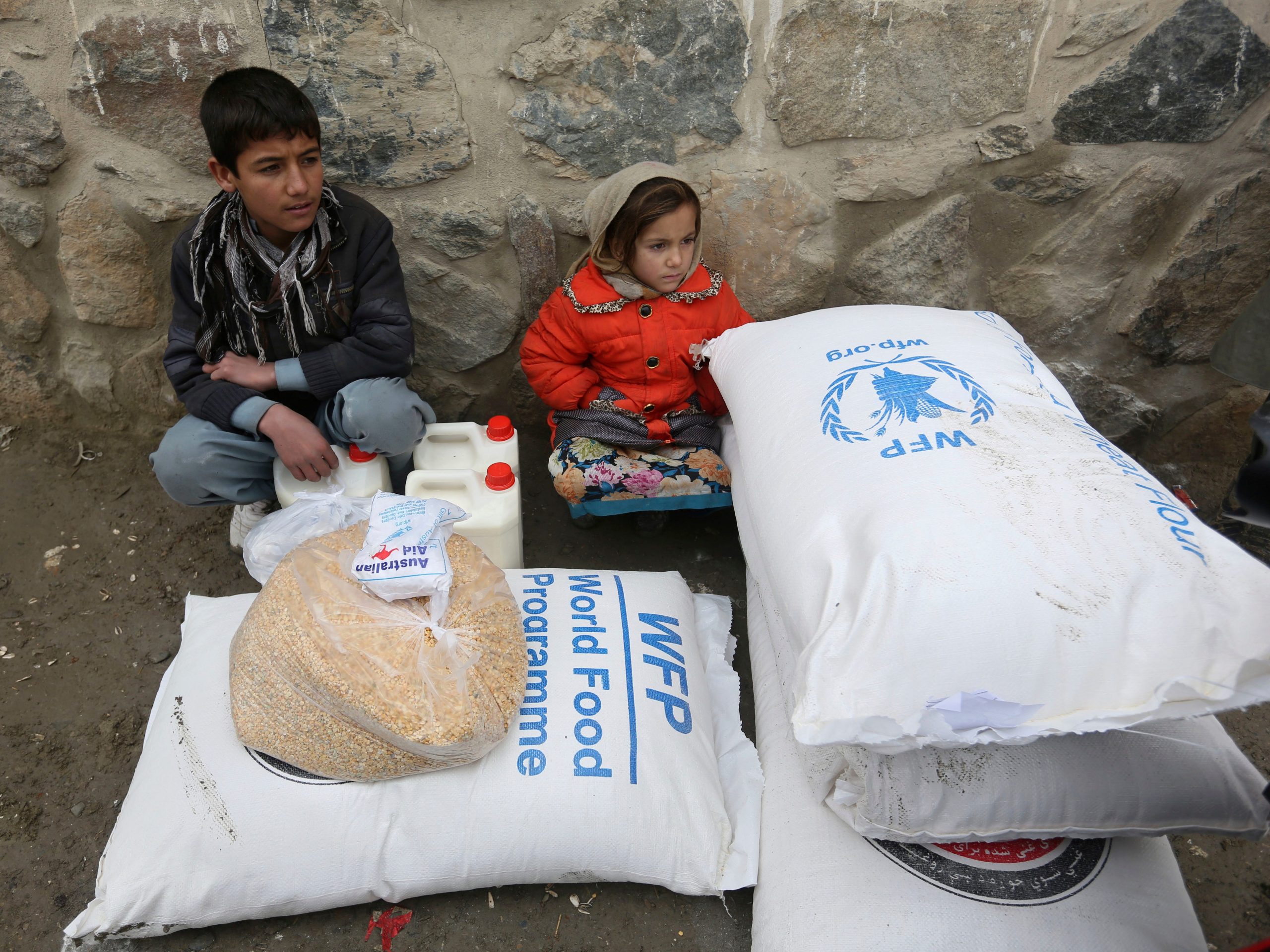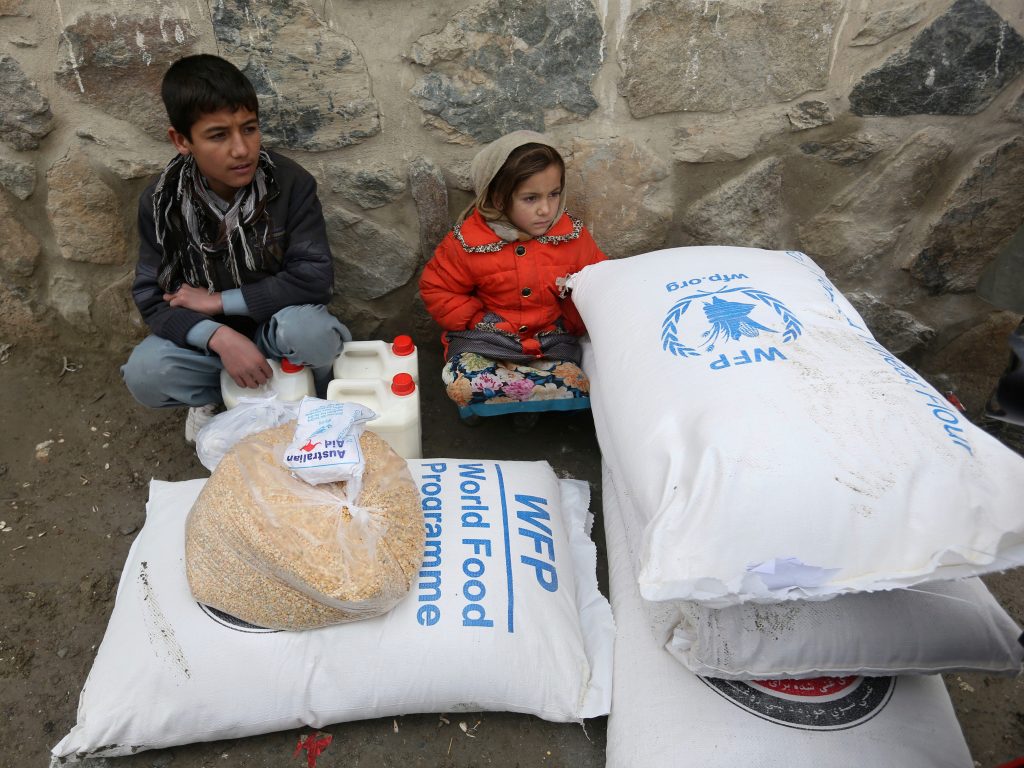
AP Photo/Rahmat Gul
- Afghan staff at the World Food Programme say they are committed to helping out vulnerable groups.
- The organization estimates at least half of Afghanistan's population is food insecure.
- With dwindling supplies, it needs $200 million in funding from the international community.
- See more stories on Insider's business page.
Many of the Afghan staff at the World Food Programme weren't alive during the last Taliban rule and had only heard stories about the brutally oppressive regime.
That changed with the blitz-style Taliban takeover of Afghanistan just two weeks ago, according to Andrew Patterson, the WFP's deputy director in the country. As anxiety and unease settles among staff, Patterson says the organization is certain of one thing: They'll continue to serve the vulnerable people of a country shaped by decades of terror and heartbreak.
"Our staff feel great pride in being able to help their own countrymen and women, girls, children, other marginalized communities," Patterson told Insider in a video interview from Kabul. "They really want to be able to stay and deliver."
Patterson said that it hasn't been easy to quell staffers' fears.
"We ourselves don't know what the future is for Afghanistan and its people," Patterson said. "What we do tell them is that we're staying here with them. Myself, my country director, our security staff, our program staff. As many as we were allowed to keep in country, we're keeping in country. And we don't want to leave, we don't want to abandon our people. And the Afghan people need us."
The Taliban's sweep to power has left Afghans questioning what life will be like when western forces complete their evacuations. The country's vulnerable populations are a medley of those who are food insecure and displaced, along with the women, girls, and people with disabilities who are marginalized by the Taliban.
Patterson estimates that since the Taliban takeover, there are around 550,000 internally displaced people in need of assistance. He also estimates that at least half the country's population is food insecure.
The WFP faces a daunting task as in-country supply stocks dwindle. It needs to get 54,000 metric tonnes of food into Afghanistan before the end of the year, according to Patterson, racing against inbound harsh winter months that limit mobility.
To achieve this goal, the organization needs $200 million in funding. A majority of WFP's funding comes voluntarily from various countries as well as some private donors, Patterson said. Traditionally, the US is the largest supporter.
"We make an appeal to the international community," Patterson said of funding.
Normally, the WFP could provide Afghans with around $80 a month in cash that they can use at local markets to get food. Since the country now faces a liquidity crisis following the closure of banks and ATMs, the organization can only give vulnerable individuals food bundles, which includes wheat flour, veggie oil, salt, and high-energy biscuits.
Despite the chaos that ensued since the fall of Kabul earlier in August, the WFP's six regional offices continue to supply food in both rural and urban environments.
Patterson said the organization's resources are kept away from government and military entities. The WFP transports food by road, though the chaos at the Kabul airport has denied the organization the opportunity to move people across the country.
Internally displaced people and vulnerable groups in Afghanistan don't yet know if the Taliban will target them. But Patterson said he expects the organization to be able to work as scheduled and deliver aid to those in need.
"We don't consider ourselves a target," Patterson said. "The Taliban have told us and the humanitarian community that they want us to stay and to be able to deliver what they know is required by the population. Them taking over doesn't grow more food for this country, doesn't reduce the food insecurity for the vulnerable."
The World Food Programme's mission in Afghanistan.
